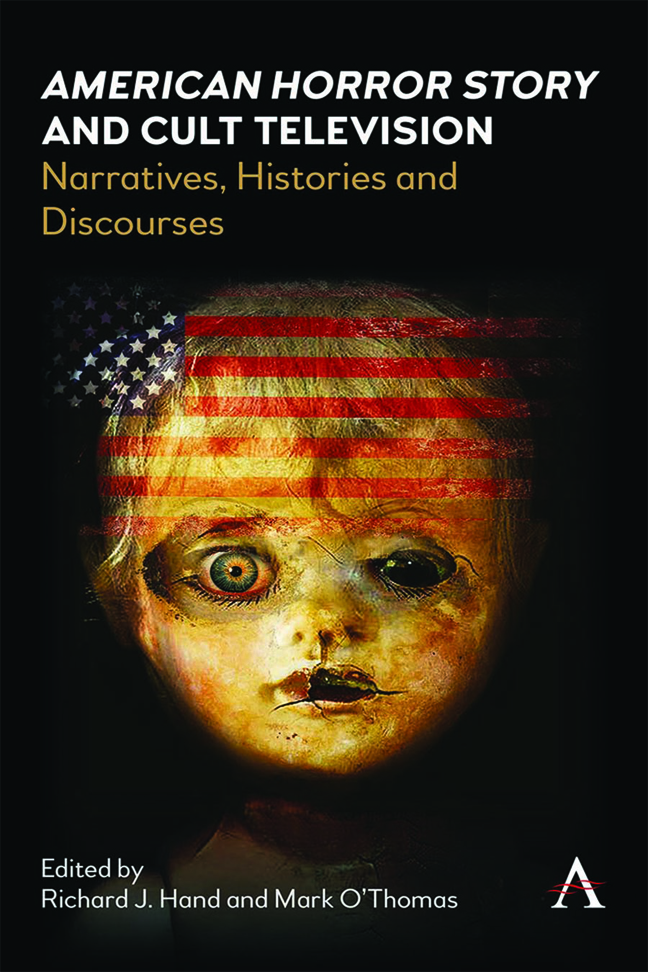Chapter 3 - ‘Who's the Baddest Witch in Town?’: Adaptation, Female Agency and Monstrous Representation in American Horror Story: ‘Coven’
Published online by Cambridge University Press: 01 March 2024
Summary
Introduction
In ‘Go to Hell’ (S03E11), the penultimate episode of American Horror Story: ‘Coven’ (2013–14), nineteenth-century New Orleans socialite and serial killer Madame LaLaurie is disguised as a heritage worker and gives a tour of her ancestral home. Asked by a member of the crowd when they will get to see the attic torture chamber used to inflict punishment on her slaves, she tries to dodge the question before attempting to clean up her bloody past, denying the existence of the torture chamber and claiming that the room was used for storage and ‘the firm but humane correction of Madame LaLaurie's domestics’. After the tour, she is confronted by the witch Queenie, who retorts, ‘I see you finally got that makeover, guess you figured you could make over a little history too’, to which LaLaurie responds, ‘on the contrary, I’m here to set the record straight, this historical site was nothing but a house of lies before I came back’. As this sequence illustrates, the stakes surrounding history and which versions of historical events are given legitimacy are immense. In addition to cultural institutions such as museums, archives and heritage sites, historical fiction dramas such as ‘Coven’ has provided audiences lacking formal training as historians with an accessible means to engage with the past. However, historical fiction also raises questions regarding how fictional representations of history interpret the past, as well as which versions of historical events make it to the screen.
This chapter will consider the figure of the witch constructed by ‘Coven’ through a multi-methodological approach that draws from television studies, adaptation studies and early modern history, seeking to contextualize representations of female agency and monstrosity within relevant televisual and historical contexts. As co-authors, our respective research interests have been influenced by the disciplines of media studies and history. By examining discursive struggles between historians and media scholars, this chapter seeks to engage with representations of history on screen beyond discourses of authenticity and fidelity. The first section of this chapter will consider how American Horror Story has adapted witchcraft history and witch belief in ‘Coven’, arguing that rather than being ‘lost in translation’, such beliefs have entered ‘into a broader public domain of critical reception and audience review’ through their circulation as public history (Greig 2019, 99).
- Type
- Chapter
- Information
- American Horror Story and Cult TelevisionNarratives, Histories and Discourses, pp. 49 - 60Publisher: Anthem PressPrint publication year: 2023



